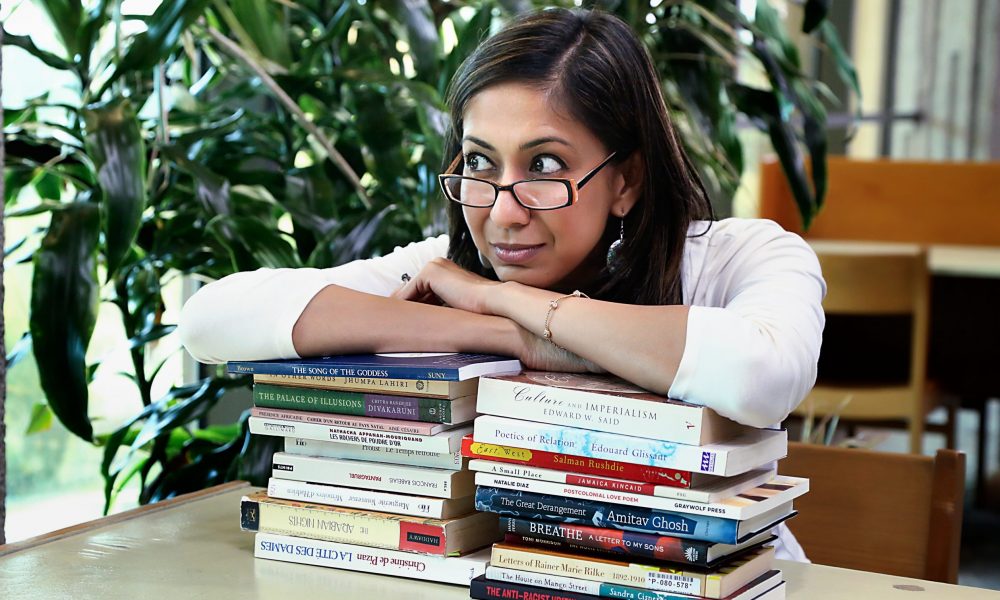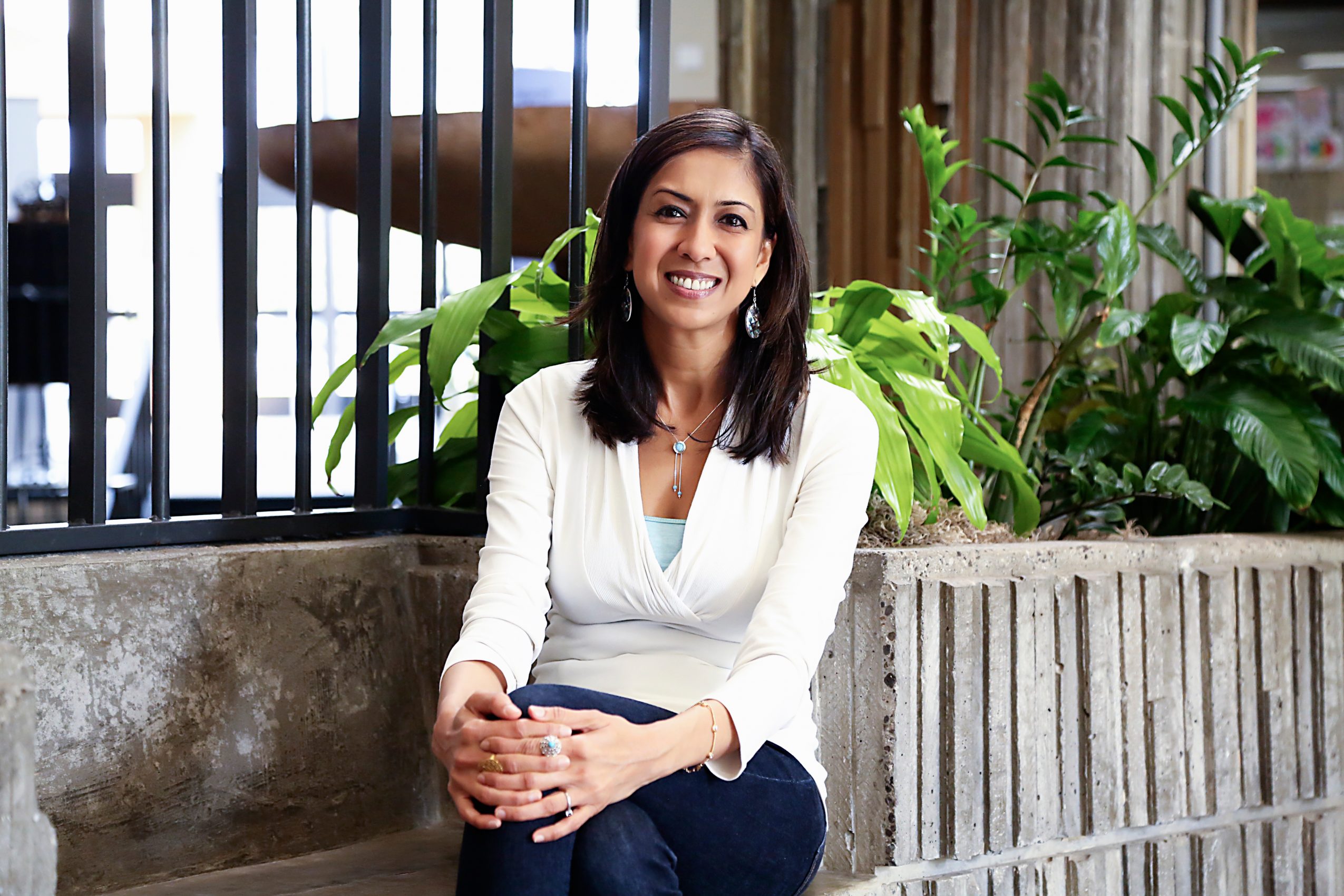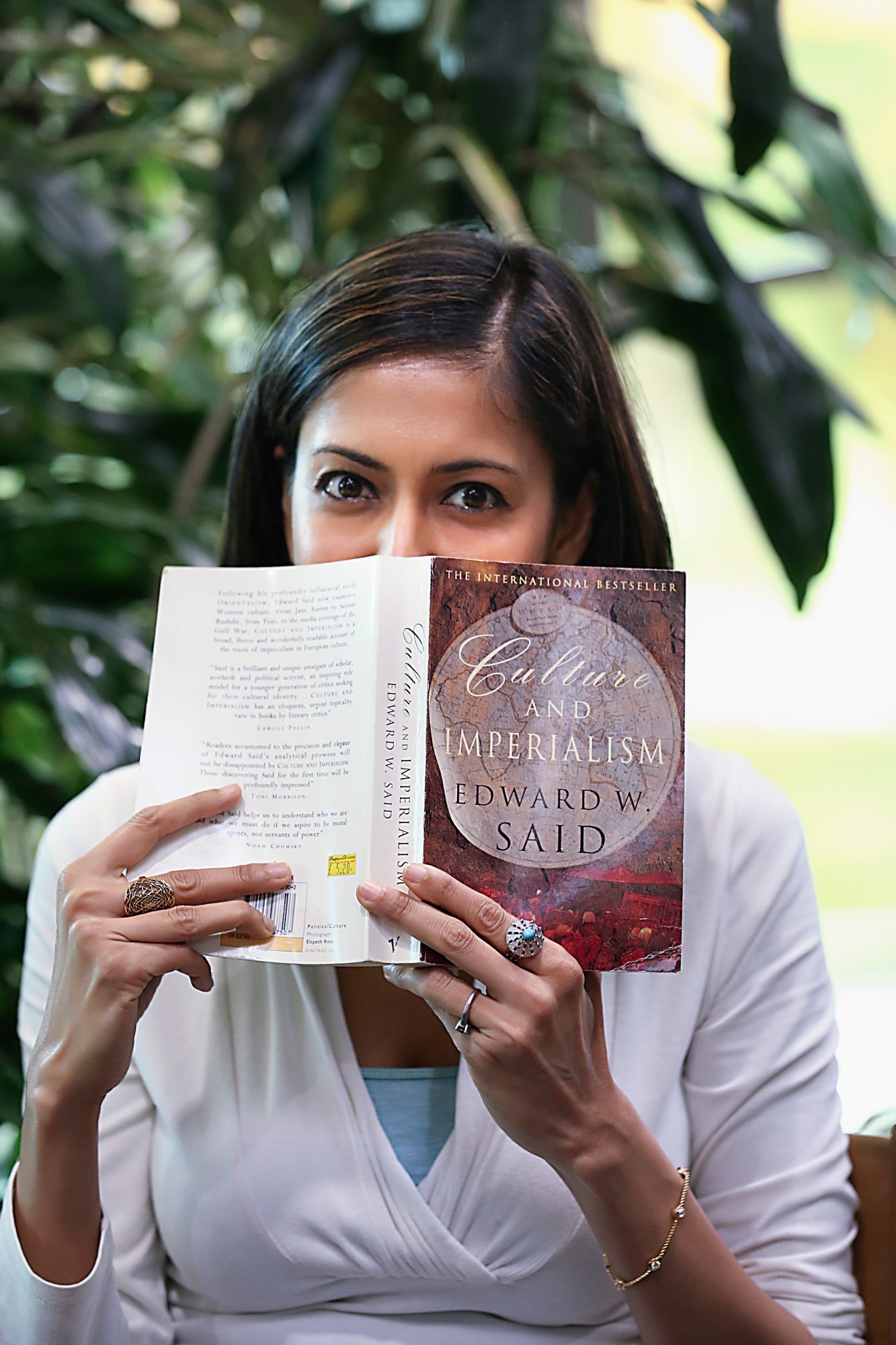

Today we’d like to introduce you to Namrata Poddar.
Hi Namrata, can you start by introducing yourself? We’d love to learn more about how you got to where you are today?
Like many stories, this one is long but to condense Namrata’s story as a writer and an educator:
I’m a first-generation South Asian American writer of fiction and nonfiction who loves to explore on the page power dynamics as it manifests in different forms of relationships people hold with each other.
Yet I’m not one of those writers who dreamt of becoming a writer from the age of 4 or one who returned home weekly with a bag full of books checked out from the neighborhood’s public library. I was raised in a very middle-class “third world” (read: poor for North American standards), and in this world of mine, there were no free libraries around for young children which meant that reading for pleasure over utilitarian goals was an expensive affair. In this world, the dreams of choosing art or storytelling as a professional path were reserved for the upper caste or class. For the rest of us who loved storytelling and creative pursuits at large, art was a “hobby,” something you did on the side while you figured ways to get a “real job” to survive the “real world,” ha.
That said, even if I’ve always loved creative expression and had managed to stay a closeted artist throughout my childhood and teenage, I was fortunate to encounter on the road resources and financial aid that led me to migrate to the “first world” and pursue higher education in literature and creative writing in reputed schools in the United States. In addition to writing, I love teaching and have taught from a very young age, first informally to the neighborhood teenagers in Mumbai where I was raised, then literature and writing at different graduate and undergraduate institutions in India and the United States. I currently teach literature and creative writing for the Honors Program and Asian American Studies at UCLA. And after having published several essays and short fiction over the years, my debut novel, “Border Less,” released in North America and South Asia last year.
Alright, so let’s dig a little deeper into the story – has it been an easy path overall and if not, what were the challenges you’ve had to overcome?
My biggest challenges on the road to becoming an author were institutional. The literary world in both my homes, India and the United States, is well known to be a predominantly upper caste, upper class or a white institutional space. Growing up as a middle class Marwari who historically comes from the baniya community of migrant merchants and as someone who migrated further to the United States through an academic tenure in elite institutions, I encountered regularly Brahmin or white gatekeepers of cultural capital who belittled my artistic aspirations or questioned the legitimacy of a different aesthetic in my writing, one that reflects my communal history over a Brahmin or a white, western history of art-making.
On the road though, I was fortunate to have excellent and diverse women mentors who taught me the power of resistance and subversion in storytelling. The latter became a focus of much of my work, and this relationship between storytelling and P/power dominates most of my teaching and writing across genres of about two decades.
Thanks for sharing that. So, maybe next you can tell us a bit more about your work?
I write fiction and nonfiction, teach literature and creative writing at UCLA, and serve as Interviews Editor where I curate the series, “Race, Power and Storytelling.” Recently, I was also a contributor to The Los Angeles Times where I focused on the art and socio-cultural diversity of Orange County.
As I’ve shared earlier, my debut novel, “Border Less,” released in North America and South Asia last year; it was a finalist for Feminist Press’s Louise Meriwether Prize, and longlisted for The Center for Fiction First Novel Prize.
This novel centers desert and coastal spaces, predominantly of Mumbai and Greater Los Angeles, with layovers in the Thar Desert and African islands of the Indian Ocean. Divided in two sections titled Roots and Routes, “Border Less” tells the story of Dia Mittal, an airline call center agent in Mumbai who is searching for a better life. As her search takes her to the United States, Dia’s checkered relationship with the American Dream dialogues with the experiences and perspectives of a global South Asian community across the class spectrum—call center agents, travel agents, immigrant maids, fashion designers, blue- and white-collar workers in the hospitality industry, junior and senior artists in Bollywood, hustling single mothers, academics, tourists in the Third World, refugees displaced by military superpowers, Marwari merchants and trade caravans of the Silk Road, among others. What connects the book’s web of brown border-crossing characters is their quest for belonging and a negotiation of power struggles mediated by race, class, caste, gender, religion, nationality, age, or place. With its fragmented form, staccato rhythm, repetition, and play with the English language, “Border Less” is my stab at decolonizing the Western novel.
What sort of changes are you expecting over the next 5-10 years?
It’s definitely an exciting time to be teaching and writing within a world of American letters. Known historically to be a white, male and upper-class institution, the scene of American literature is changing at the level of both gatekeeping and the circulation of diverse voices. If we look at the scene in terms of demographics—who holds the senior most positions?; who earns the biggest advances for their manuscript?; who presides over the jury of prestigious awards? and so forth—we still have a long way to go, but the scene is changing, slowly but surely, and I’ll take this change over none.
Contact Info:
- Website: www.namratapoddar.com
- Instagram: @writerpoddar
- Twitter: @poddar_namrata



 Image Credits
Image Credits
All photos here except the two in red dress (part of my booklaunch by HarperCollins India in Mumbai) are by Elena Bessi.














